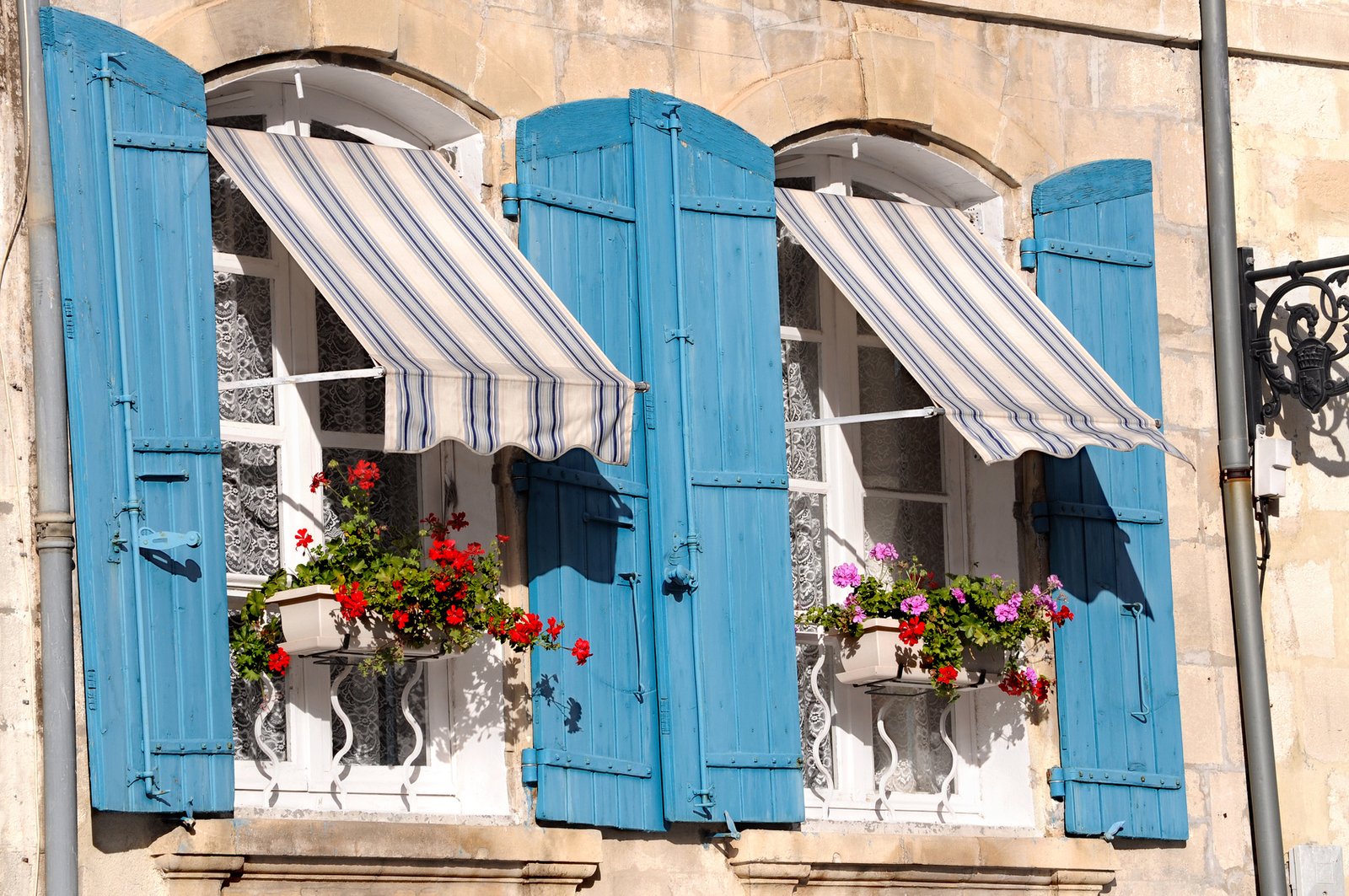Solar shading. Keeping your home cool in summer.

In a country with cold climate like the UK it is hard to think that you will ever want to protect your home against the effects of the sun. After all, you long so much for that nice warm summer all year. Yet, every year we seem to experience increasing temperatures and homes are overheating, especially new built ones. One of the ways to reduce or avoid this effect is to make sure your home is provided with appropriate solar shading.

Solar shading is the use of one or more elements/systems in order to control the amount of solar heat or sunlight that enters a building through its windows and other openings. When trying to incorporate or improve solar shading in and around your home you have to consider the impacts throughout the year. You need to limit the ingress of solar heat into your home in summer, so spaces do not feel too warm and you avoid the use of air conditioning. Also, you should allow the maximum amount of sunlight into your home in winter to reduce the use of heating. In any season, solar shading should never reduce the availability of daylight to the point where you need to increase the use of electric lighting. This will help you have a more comfortable home and save on your bills!
You can use internal or external elements in order to improve solar shading in your home. External shading elements are the most effective type of shading since they stop sun rays before they can enter into the rooms. Once the solar heat enters the room it starts to accumulate, especially if there is not enough natural ventilation, and can raise room temperature to undesirable levels in summer.

Examples of external shading include horizontal and vertical fins, brise soleil, shutters, louvers, awnings, overhangs and vegetation. They can reduce 60% to 95% of the solar heat gains in summer but this depends on good planning and positioning. Horizontal shading should be used in south façades and the length/angle of the shading elements in relation to the altitude and trajectory of the sun and the distance between them should be so that the majority of direct sun rays are blocked during summer. Vertical shading can be used in east/west façades to block the early morning and afternoon low sun if necessary. A little bit of both vertical and horizontal shading might be appropriate for southeast and northwest façades. In all cases shading elements should ideally be movable or removable, as this will give you more flexibility and control over shading.

Vegetation can also be used to protect your home from the effects of the sun in summer. A good option is to use deciduous vegetation as these types of plants will be full of leaves during the summer and provide good shading and will lose their leaves right before winter; this will guarantee that the sun is not blocked during the coldest days of the year. Make sure to position the plants at a reasonable distance from your windows, about 1 -1.5 times the height of the plant should be ideal. If they are positioned too far they will provide very little to no shading. Do not position them closer than that either as they will reduce daylight.

Internal shading can also help reduce overheating in your home. It will have a smaller effect than external shading but will certainly help. You can use curtains blinds or internal shutters in order to reflect sun rays back to the exterior and not let them reach the middle of the room. Especially if you normally spend the whole day out of your home and hence don’t need daylight, you should leave your curtains closed during the day, closing them before you leave your house. When you come back home you will notice that your rooms will not be as hot as they would be if you had left your curtains open. You can then open them as you will need daylight and you should make the most out of it before the sun goes down, using as little artificial lighting as possible.

Making use of solar shading is a great way to reduce the risks of overheating in your home in summer. It has to be done the correct way so you have good availability of daylight throughout the year and enough solar heat in winter. It is also important to combine it with good natural ventilation. Start putting these tips in practice, have a more comfortable home, save on bills and Green It Yourself…Now!
Have more solar shading tips? Please leave a comment below!






